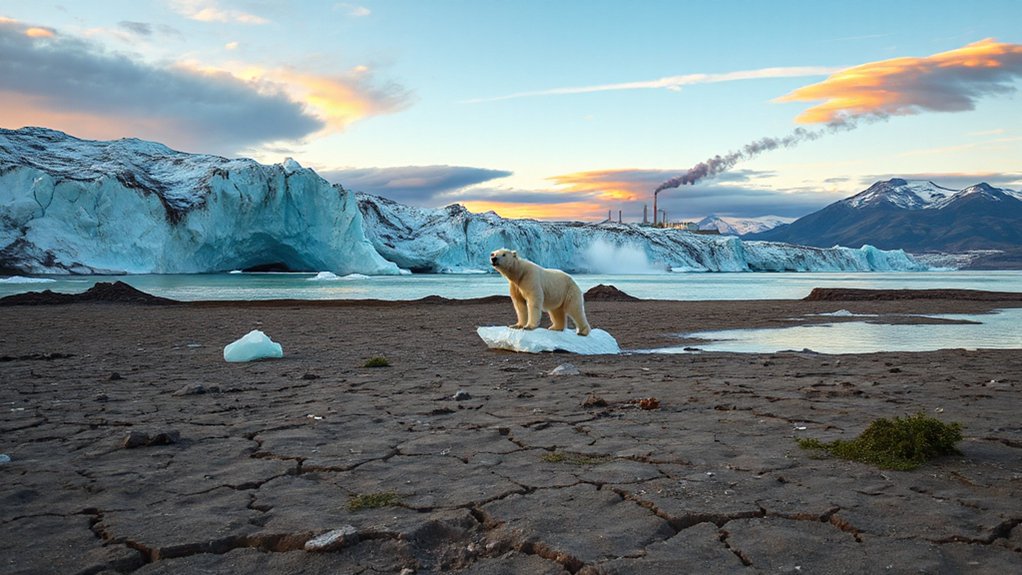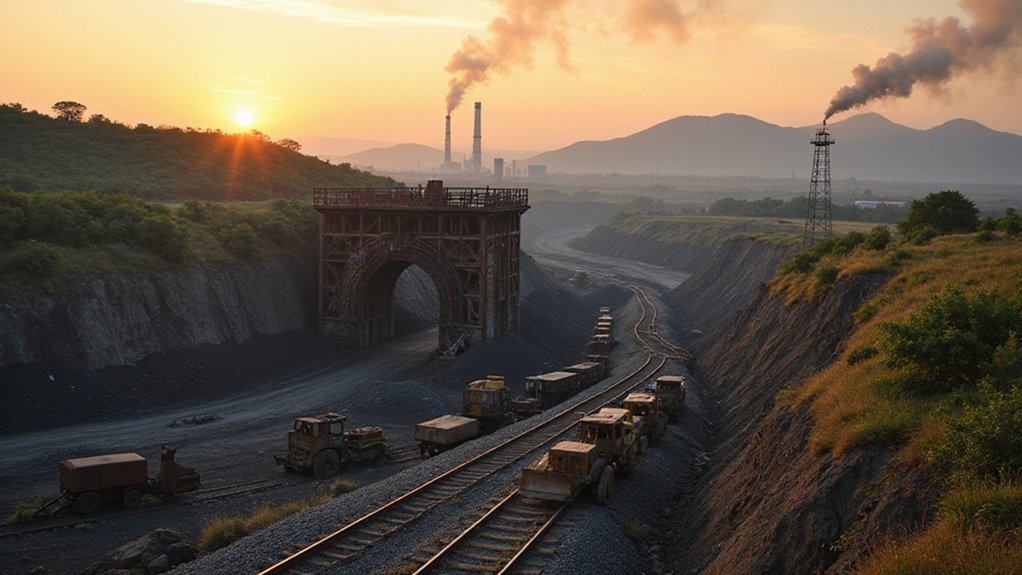The Trump administration’s rollback of offshore drilling regulations has sparked concerns about a repeat of the 2010 Deepwater Horizon disaster. Safety measures implemented after the catastrophe are being weakened to boost energy production. Environmental experts warn that reduced oversight could lead to more oil spills, endangering Gulf ecosystems and coastal economies. The policy shift raises an urgent question: Is America willing to risk another devastating spill for the promise of increased oil production?
The explosion of the Deepwater Horizon oil rig on April 20, 2010, triggered America’s worst marine oil disaster in history. Located 52 miles southeast of Venice, Louisiana, the catastrophic event claimed the lives of eleven crew members when high-pressure methane gas ignited, causing the rig to burn and eventually sink into the Gulf of Mexico.
The environmental impact was devastating. Over 87 days, between 3.19 and 4.9 million barrels of oil gushed into Gulf waters. Initially, BP estimated the flow rate at only 1,000-5,000 barrels per day, but later assessments revealed it was as high as 62,000 barrels daily. The spill affected more than 16,000 miles of coastline across five states and killed thousands of marine animals. The devastating impact included over 8,000 animals reported dead within just six months after the spill.
The catastrophe unleashed nearly 5 million barrels of crude oil, devastating ecosystems across 16,000 miles of Gulf coastline.
Response efforts were massive. More than 30,000 personnel deployed over 5.5 million feet of containment boom. Teams used skimmer ships, controlled burns, and chemical dispersants to mitigate the damage. Despite these efforts, the spill’s effects lingered in ecosystems for years. Government involvement was substantial, with President Obama announcing a $20 billion spill response fund to address the crisis.
Economically, the disaster crippled Gulf Coast industries. Fishing and tourism suffered significant losses as authorities closed or restricted fisheries. BP ultimately paid billions in claims and settlements, with total costs estimated in the tens of billions of dollars.
The disaster prompted major regulatory changes. The government implemented stricter requirements for blowout preventers and well control technologies. A temporary moratorium on deepwater drilling was imposed, and liability standards were increased for operators.
Deepwater Horizon’s impact continues to serve as a warning about the risks of offshore drilling. Marine life, particularly dolphin populations, showed decreased survival and reproduction rates years after the spill. The incident remains a benchmark for catastrophic scenarios in the oil industry.
The legacy of this disaster highlights the delicate balance between energy development and environmental protection. It reminds us how quickly things can go wrong and how long recovery takes when safety measures fail in offshore drilling operations.








